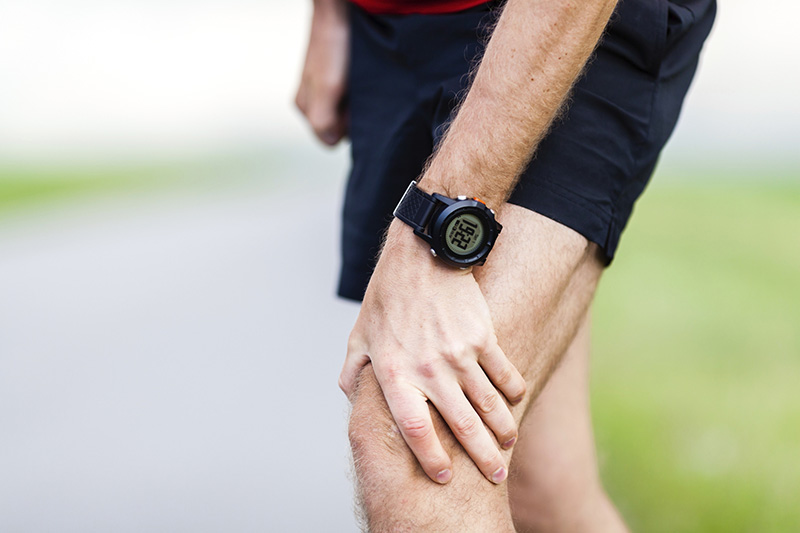1. Get expert advice at the start
Ask an expert to assess your running gait, range of movement, and muscle strength so you can identify and iron out any biomechanical vulnerability before there is a problem.
2. Vary your running terrain
Concrete and tarmac are unforgiving surfaces when it comes to running, and with double the forces going up through the body when running as opposed to walking, try to minimise the possibility of overuse injuries by undertaking some training on grass or a treadmill at the gym. Equally, hill running is an excellent way to strengthen the major running-specific muscle groups.
3. Don’t over-train
If you have to take time out of your training schedule at any point, for whatever reason, don’t suddenly increase your mileage in an attempt to catch up. Trying to make up for lost mileage is one of the commonest causes of marathon related injury.
4. Do some cross-training
This allows for ‘active recovery’. On rest days, you can still work on your cardiovascular fitness and muscular endurance without pounding your body on the streets. This could include the use of a cross-training machine, as well as swimming, cycling and strength training.In short: don’t just run to get fit; get fit to run.
5. Change direction
When road running, though, bear in mind that roads and pavements have a slight camber, to allow the rain to run off. This mild curvature is enough to result in overuse injuries with distance running if not careful. So make sure you either run back in the opposite direction on the same side of the road or, if it’s a circuit run, vary the side of the road you run on, so that your left and right leg have equal demands placed upon them.
6. Use correct footwear
Everyone’s foot biomechanics are different. It is therefore important to go to a specialist running store where they will watch you run on a treadmill in different types of trainers until the correct ones, which allow for the most efficient transfer of forces, are identified for you. If you can, invest in two pairs: one which you primarily train in, the other which is sufficiently broken in for race day.
7. Rest and rehydrate
In order for your body to be able to adapt rather than react to the increased mileage, fuel your recovery through adequate nutrition, rest, and hydration.
8. Don’t ignore niggles
As your training distances increase, so too will the severity of unaddressed niggles. If you experience the same symptoms during your next run, despite your day’s recovery, get this looked at by a professional. Equally, if your symptoms appear to have disappeared, be sure it isn’t simply that your body has subtly offloaded the painful part, as another part of your body will suffer as a result of bearing increased load.
Tips courtesy of www.physiotherapy-specialists.co.uk
Want your say? Email us at editorial@wildbunchmedia.co.uk
Join the Men’s Running community for more comment, analysis and race information direct your inbox. Follow us on twitter @mensrunninguk







